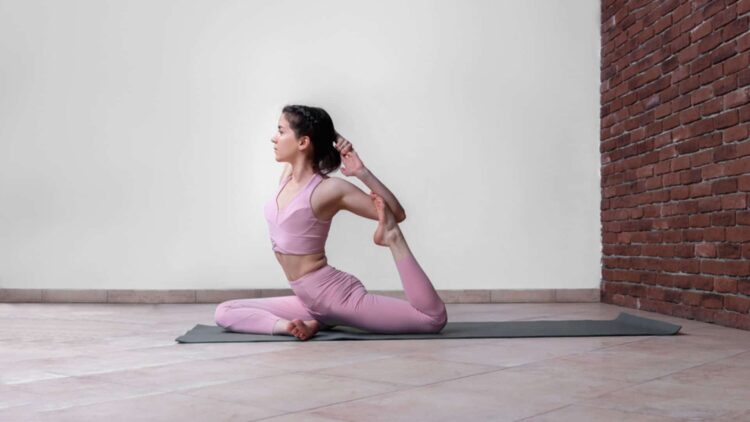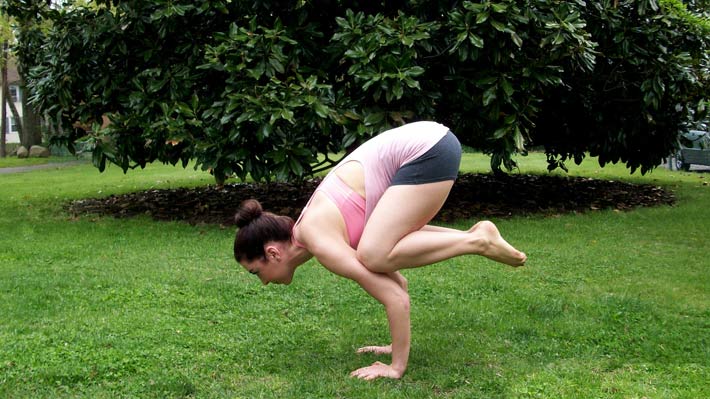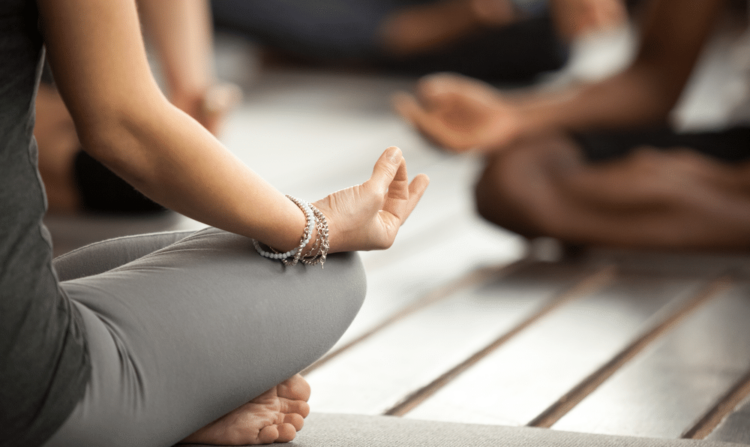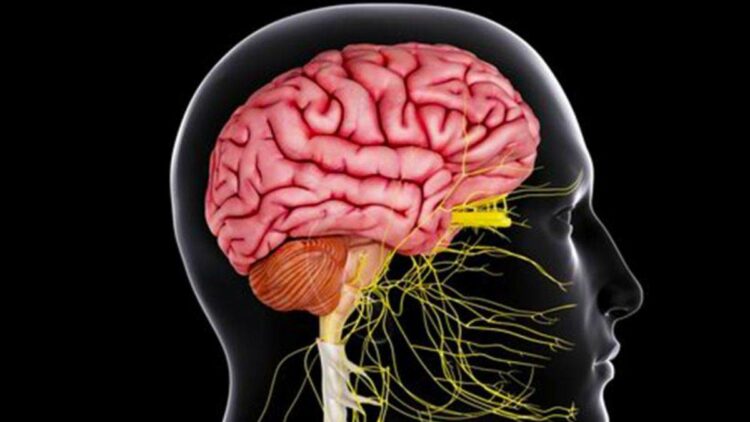
The benefits of yoga are endless. Yoga is essentially a spiritual discipline that focuses on bringing harmony between mind and body. It can also be called the art of healthy living. The word ‘Yoga’ is derived from the Sanskrit root ‘Yuj’ meaning ‘to unite’ or ‘to subjugate’. Yoga is an ancient practice rooted in Indian philosophy. It started as a spiritual practice but has become popular as its benefits for promoting physical and mental health have become widespread.
Modern yoga focuses on poses designed to promote inner peace and physical energy. The ancient yoga did not place much emphasis on fitness. Instead, it focuses on improving mental focus and spiritual energy. In addition to all of them, scientific studies on yoga show that yoga is very good for mental and physical health, and even that the only known treatment method for some diseases is yoga. We have written both 15 reasons for you to do yoga and which diseases yoga is good for. If you’re ready, let’s start.
Benefits of Yoga: 15 Science-Backed Reasons to Do Yoga
1) Increases flexibility.

In 2016, Yoga Journal and Yoga Alliance, two of the leading yoga organizations, conducted a worldwide survey looking at various statistics about yoga to measure the benefits of yoga in the face of its growing popularity. The first reason people most often cited for doing yoga was “to increase flexibility”.
Among the benefits of yoga, increasing flexibility is one of the most well-known benefits. Flexibility is an important component of physical health. The intensity of yoga poses and postures varies according to the degree. There are many different styles, from the highest intensity to the lowest. Even the lowest of these styles shows increased flexibility.
2) Yoga helps relieve stress.

The American Psychological Association recently published a study that 84% of American adults feel the effects of long-term stress. So it makes sense that the second most cited reason why people do yoga is to relieve stress. Fortunately, science backs up that yoga is excellent at reducing stress.
Remember that physical activity is only one part of yoga. Meditation, breathing work, and auditory rituals are all known to significantly reduce tension and reduce stress.
3) Yoga improves mental health.

Major depressive disorder (MDD) is thought to be one of the most common mental health disorders in the world. When the benefits of yoga are mentioned, the first thing that comes to mind may be the improvement of mental health. Analyzes focusing on the effects of yoga-based treatments on depressive symptoms have concluded that yoga can now be considered an effective alternative treatment for MDD. Both movement-based yoga therapies and breath-based practices have been shown to significantly improve depressive symptoms.
4) It can reduce inflammation.

The precursor to most diseases is chronic inflammation. Even conditions like diabetes and heart disease are known to be linked to long-term inflammation. One review found a consensus among 15 research studies: Yoga, various styles, intensities, and durations reduced biochemical markers of inflammation in various chronic conditions.
5) Increases your strength and stamina.

While most people associate yoga with flexibility, some yoga classes can also be considered strength building. Strength development varies depending on level of level, approach and teacher. A study of US air force personnel reveals that yoga is an effective strength-building practice for many age groups of healthy participants.
6) It can reduce anxiety.

The Anxiety and Depression Association of America recently stated that anxiety disorders may be the most common mental health disorders in the United States. There are several different types of anxiety; such as social anxiety and specific phobias. However, according to research, the most effective method for alternative treatment for all these different anxiety disorders is yoga asana. Yoga nidra, a meditation, has been shown to definitively reduce symptoms of anxiety.
7) It improves the quality of life.

By incorporating yoga into your daily lifestyle, you can develop better health, self-confidence, peace of mind and a stress-free life. Yoga is actually a stronger armor for health and happiness than anything else in this mechanical world. It becomes more important as you get older.
Doing a few yoga asanas and poses every day can make a huge difference to your quality of life. All the criteria mentioned in the other articles are important precursors for the improvement of your quality of life if you do yoga.
8) Increases immunity.

The benefits of yoga include having a strong immunity. Chronic stress negatively affects your immune system. When your immunity is compromised, you are more susceptible to disease. It is obvious that yoga is good for stress and even accepted as a scientifically supported alternative treatment. While research is still ongoing, some studies have found a clear link between practicing yoga (especially consistently) and better immune system functioning.
9) Improves balance.

Yoga has been shown to improve balance and overall performance in athletes. Likewise, a study of healthy people suggests that balance improves in most people who regularly practice yoga. Falls due to imbalance are quite common in older people. Some studies suggest that yoga can improve balance in the elderly. It is also known that yoga asana is an important factor in improving balance in individuals with brain damage and in the elderly.
10) It improves your sleep.

When measuring sleep, researchers look at a person’s ability to both fall asleep and stay asleep. Insomnia can affect one or both of these. Yoga has been shown to improve both how fast people fall asleep and how deeply they stay asleep.
This is because yoga causes mental calming and relieves stress. In addition to improving anxiety, numerous studies show that yoga nidra is particularly helpful in improving sleep.
11) Increases self-esteem.

The benefits of yoga include boosting self-esteem. Self-esteem can be a challenge for teenagers and adults alike. The good news is that several recent studies show that yoga has had positive results for improving self-esteem and perceived body image. There is also promising evidence that yoga can help with symptoms of anxiety and depression in people with anorexia.
12) Improves bone health.

Many postures in yoga are isometric contractions. For example, in Plank Pose, an upper push-up position, the arms, torso, and legs are completely interlocked without shortening or lengthening as if you were moving in a push-up. It has been revealed that isometric exercises increase bone density. Yoga asana is good for osteopenia and osteoporosis by minimizing bone loss. One study showed that 12 minutes of daily yoga practice is good for bone health and can improve bone-related problems.
13) May promote better posture and body awareness.

The spread of technology and the increase in the style of working from home, especially with the pandemic, cause us to spend more time at the front of the devices. Therefore, the way we sit can cause many posture disorders such as hunching. But according to a recent review of several studies, yoga improves brain functioning in the centers responsible for interception (recognizing sensations in your body) and posture.
Additionally, yoga’s focus on mobility and flexibility can contribute to better posture by releasing tense muscles, increasing mobility of the spine.
14) Improves brain functioning.

Research shows that yoga is truly a mind-body exercise. What is written in other articles and the diseases that yoga is good for are actually proof that yoga is good for all kinds of brain functions. If all is well in your body, your brain function is in place. Yoga contributes to the activity of the brain, attention and motivation.
15) Yoga can help burnout.

Burnout appears to be at an all-time high worldwide. This is the ability to notice internal signals and react appropriately. So yoga can help people be more in tune with their body’s signals and even listen more.
Benefits of Yoga: Which Diseases Are Good For?

Depression
Preliminary research from Boston University School of Medicine and Harvard’s McLean Hospital showed that healthy subjects who practiced yoga for an hour had a 27 percent decrease in depression levels compared to a control group who sat and read for an hour.
Recommended pose: Bound Angle pose is one of the best poses for depression.
Indigestion/Stomach Disorder
Benefits of yoga include reducing indigestion. Stomach discomfort and indigestion, Gastritis, diarrhea, heartburn etc. It can cause a number of health problems such as If you are struggling with any stomach ailments, the apanasana/knees-to-chest pose can save you from constipation, indigestion and bloating. It is beneficial for digestion and helps to remove toxic substances from the entire system.
Suggested pose: Knees to chest pose and seated forward bend
Arthritis
Arthritis is a common rheumatic condition among adults 65 years and older. People of all age groups today can be affected by arthritis, which includes pain, stiffness, and swelling in and around one or more joints. Severe joint pain is a common side effect of arthritis and unfortunately there is no permanent cure. However, practicing yoga is a versatile, effective and natural way to control the amount of pain caused by the disease.
Suggested pose: Child pose and downward facing dog pose
Diabetes
Diabetes is perhaps one of the most difficult diseases to treat, affecting the majority of the population worldwide. However, regular yoga practice is very effective in controlling blood sugar levels.
Suggested pose: Wheel pose and half spinal twist
Liver Problems
The liver is one of the most important organs as it affects and regulates many body functions such as protein production, blood coagulation, cholesterol, glucose and iron metabolism. Basic yoga poses like bridge pose or cat pose can increase blood circulation in the abdomen and help you maintain a healthy liver.
Suggested pose: Half frog pose and door pose pose
Backache
The most complex part of the human body is the lower back. Working at a desk for long hours can cause serious problems. One of the most effective benefits of yoga is the relief of low back pain. Low back pain is a problem that is as important as surgery. Various yoga poses such as tree pose and tadasana can be natural solutions to this problem.
Suggested pose: Supine spinal twist and tree pose
Kidney
The kidney is an important part of the body as it cleans the blood by removing waste and excess fluid, maintains the salt and mineral balance in your blood, and helps regulate blood pressure. Any imbalance in their function can develop into Chronic Kidney Disease (CKD).
Suggested pose: Sphinx pose, boat pose
Polycystic Ovaries
Polycystic ovaries formed during irregular periods can cause infertility. Practicing yoga can be an effective solution to ovarian cysts without the need for any surgery or medication.
Suggested pose : Bow pose and cobra pose
Asthma
Practicing various forms of yoga such as Pranayam is the only sustainable treatment for asthma. Yoga, which is also good for hypertension, is the only long-term treatment of hypertension as a result of regular exercises.
Suggested pose: Halasana and Matsyasana/Fish pose
Headaches
Migraines and headaches are common problems that can be dealt with using yoga.
Recommended pose: Sirsasana pose increases the flow of oxygen to the brain.
Heart disease
Erin Olivo, Director of the Columbia University Medical Program, found that yoga lowers blood pressure, cholesterol, and heart rates and helps slow the progression of atherosclerosis. While almost any exercise is good for the heart, experts say yoga has a number of benefits that can reduce the risk of heart attack or stroke.
Suggested pose: Bhujangasana and cobra pose
Breast Cancer
Research is clear on this: Women who practice yoga during and after treatment experience less physical discomfort and stress. In 2007, Duke University scientists reported the results of a pilot study in which women with metastatic breast cancer participated in an eight-week yoga session. Doctors revealed that women suffered much less and felt more energetic and relaxed.
Menopause
A preliminary study at the University of California at San Francisco found that menopausal women who took the yoga class for two months reported a 30 percent reduction in hot flashes. A four-month study at the University of Illinois showed that many women who took a 90-minute Iyengar class twice a week reported less physical and sexual discomfort.
This post is also available in: Türkçe Français Español Deutsch



Yorumlar (0) Add Comment